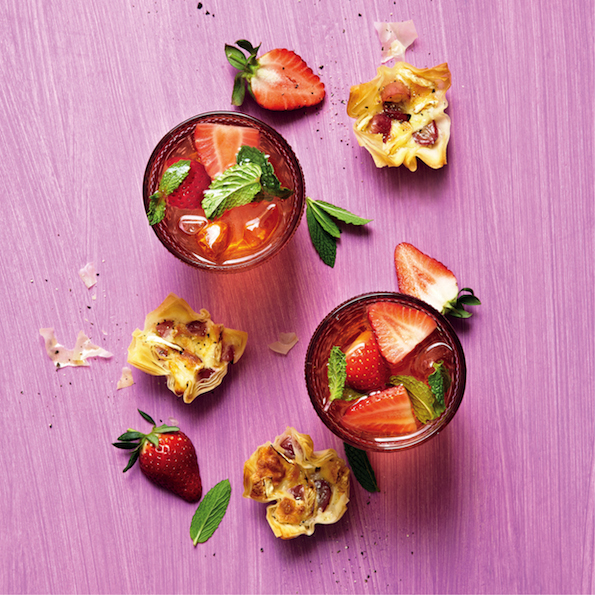The mocktail has long been considered a responsible (albeit, less fun) treat for begrudging designated drivers, but these virginal drinks have recently evolved into something a lot more sophisticated.
By Roxy Greeff
Chefs – yes, chefs – are designing these faux cocktails with particular menu-pairings in mind. It has been discovered that these booze-free accompaniments are a wonderful way to enhance a paired dish, without overpowering the delicate flavours with the bite that often comes from hard spirits. We ask the question that sceptical foodies have on their lips; can a perfectly curated mocktail ever compete with the traditional wine and food coupling?
Like a Fine Wine
Much like wine, mocktails can be sweet, sour, bitter, spicy, fruity, chilled or dry – the descriptive list could go on and on. Despite the similarities, wine has traditionally been considered the ultimate accompaniment to a gournet meal. Why, you may ask? Firstly, the high alcohol content in wine is what gives it its acidity and its tannins, both of which help to cleanse the palate and prepare you for that next delicious bite. Secondly, well-made wine has a very delicate balance of sweet and tart flavours, making it the perfect companion to a savoury, or sweet, meal.
The Mocktail Memo
Despite our age-old penchant for wine, it is not hard to believe that pairing a mocktail with a meal, is a much easier endevour than selecting the perfect bottle of vino. One could spend hours pouring over the lengthy list of beautiful wines produced in South Africa, alone. When you are planning your mocktail menu, the only factor to truly consider, is the way you have cooked your food. Let us explain…
Matchmaker, Matchmaker
If you are serving fish to your lucky guests, think about what typically works well with a seafood meal – perhaps something acidic; a squeeze of lemon juice or a spoonful of tartar sauce? We suggest you create a mocktail directly inspired by these complimentary flavours. Toy with a bottle of unsweetened lemonade or freshly-squeezed lemon juice. Use infusing elements like herbs – similar to those you’d cook your fish with – like springs of thyme or mint leaves.
And what about a red meat pairing, for our carnivorous readers? The rule is simple. When you are serving something that is traditionally paired with a glass of red wine, swap it out for a mocktail with a cranberry juice base. Cranberry juice has just the right balance of sweet and tart flavours to compliment the depth and richness of a well-cooked steak. Once again, think about using infusing elements that you would have included in the meal itself – experiment with some freshly-plucked rosemary or, be truly adventurous, and add a dash of spice to the mix. Chilli, paprika or cumin will all work surprisingly well, paired with a meaty meal.
When it comes to dessert, the sugary, sweet and fruity options, are endless! A berry mocktail with a vanilla dessert makes for a delicately delightful flavour combination. If you’re serving something chocolately, we suggest adding a pinch of salt or chilli to your mocktail. These unusual additions will enhance the cocoa in the choclate, giving it a richer and more intense flavour.
The takeaway
I am an unashamed, die-hard lover of fine wine. In my opinion, there is nothing like the traditional pairing of a lovingly-crafted meal and a beautiful glass of wine. That being said, if I was looking to wow some friends with my cooking skills, I would definitely go for the mocktail option. There is so much fun to be had when creating a mocktail and food menu, so many favours and subtleties to experiment with. And besides, after-dinner shots are always an option…




